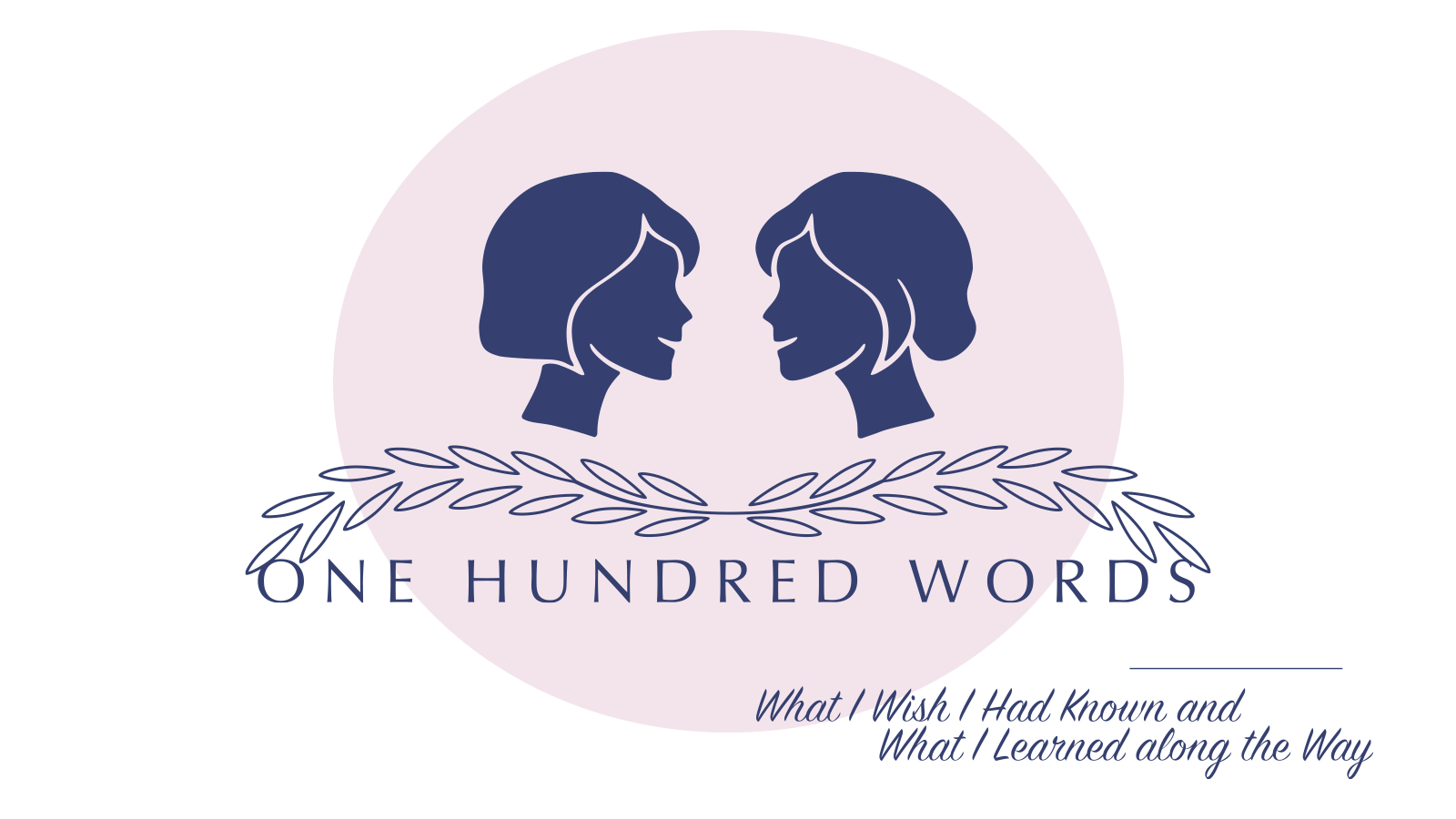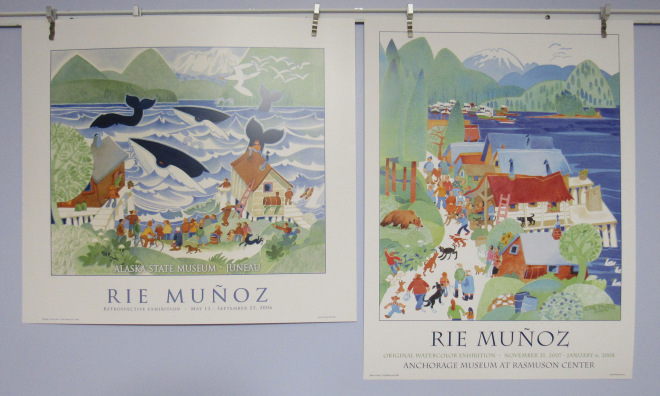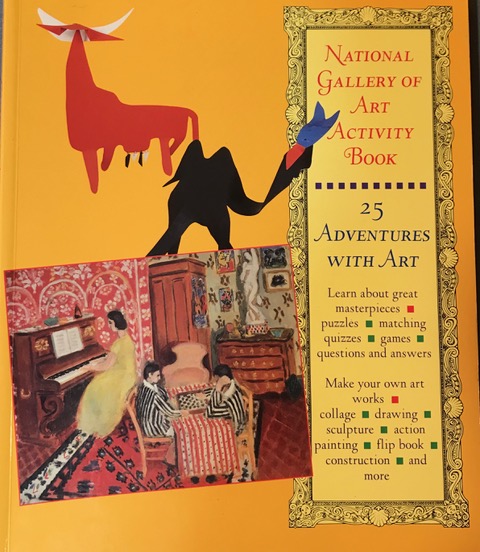There is an opportunity with children to show them art and illustration that will furnish their minds with beauty and mystery, symmetry and wonder. The simplest mechanism for this is the selection of picture books that we share with them.”
Meghan Cox Gurdon, The Enchanted Hour
Along the way, I learned that stories not only have a lasting impact, but also their illustrations. My grown sons have asked for the titles of favorite picture books based on their illustrations: the large flashlight; the black Scottish terrier; the boy wearing a blue sweater.

The impact of picture book illustrations has given me a way to start art conversations with children. Make Way for Ducklings by McCloskey, Mr. Gumpy by Birmingham, Round Trip by Jonas, Piggins by Yolen, and Old Bear by Hissey are among my favorites.

Thankfully, Massachusetts and Ohio have museums celebrating the art of picture books.

Do you remember any illustrations from childhood?





